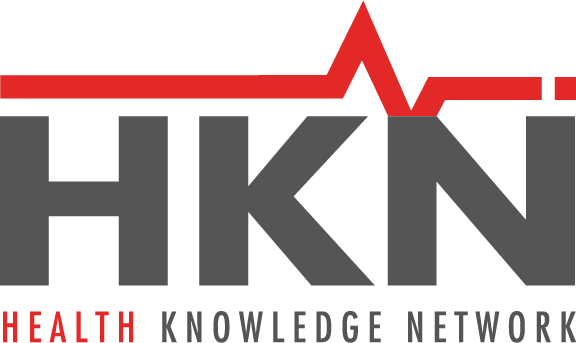
Giving Back to the Community
To bridge the digital divide across Alberta, the University of Alberta and University of Calgary collaborated to extend their licenses to Alberta’s hospitals, research, government, and post-secondary institutions.
The History of The Health Knowledge Network
Until the early nineties, health practitioners from Alberta’s two medical schools did not have access to health information resources after graduation. The cost of licensing and providing local IT infrastructure for health information resources before the arrival of the Web also impeded access for Alberta’s remaining post-secondary institutions.
With start-up funding from AHFMR (Alberta Heritage Foundation for Medical Research), the Alberta College of Physicians and Surgeons, and the faculties of medicine of both universities, the Health Knowledge Network (HKN) was established.
Timeline
-
1993: Set up
The two Partner Universities set up the technical and administrative infrastructure at each university for consistent service across the province, including document delivery and training services. Enormous effort and cooperation was put into setting up the technical and administrative infrastructure at each university.
To provide consistent service to external subscribers, both servers needed to have the same resources locally loaded (mirrored servers). External subscribers were directed, according to their location, to one of the two servers. Document delivery and training services also needed to be in place at each university to ensure equitable service across the province.
-
1994: HKN Begins
The Partner Universities, as represented by HKN, sign a single license with Ovid Technologies to extend their existing licenses to HKN’s external subscribers. They are offered a core package of bibliographic resources, with additional resources on an opt-in/out basis. No membership fees are required.
-
1995 – 2001: Establishing HKN
When external funding ends, libraries that previously never purchased these resources now become regular subscribers. Due to the limited subscriber base and resources, the Partner Universities continue to cover HKN’s administrative costs.
-
2002: Technology Changes
Technological advances allowed HKN to migrate to Ovid’s web-based full text databases. As more resources became available online, HKN offerings grow from six bibliographic databases to nineteen full-text journals, books and bibliographic databases. At this point HKN became a cost-recovery organization.
-
2003: Saskatchewan
Select Saskatchewan health regions, post-secondary institutions and provincial libraries begin licensing resources through HKN
-
2004: SHIRP
HKN becomes the licensing body for the Saskatchewan Health Information Resources Program (SHIRP).
HKN also continues negotiating licenses with additional vendors allowing HKN to begin expanding its resources offerings.
-
2007: University of Manitoba
The University of Manitoba licenses the LWW Total Access collection allowing HKN to reach its goal of extending its resources to health organizations in Canada’s Prairie Provinces.
-
2011: Point of Care Tools
The Partner Universities add HKN’s first point-of-care tool, DynaMed.
-
2012: Growth & Stability
Alberta’s health regions merge into a single entity, Alberta Health Services (AHS), allowing HKN to extend its existing health region agreements to every hospital in the province.
-
2018
Through the University of Manitoba, the Winnipeg Regional Health Authority (WRHA) signs on to HKN. Later in the year, the University of Winnipeg and Brandon University become subscribers, solidifying HKN’s reach into Manitoba.
-
2019
HKN Celebrates its 25th Anniversary
-
The Present
HKN continues to negotiate for equitable access to health information resources on behalf of the health practice, policy and research sector in the Prairies to ensure that the right information is accessible to those that will make decisions about Canadians’ health.
